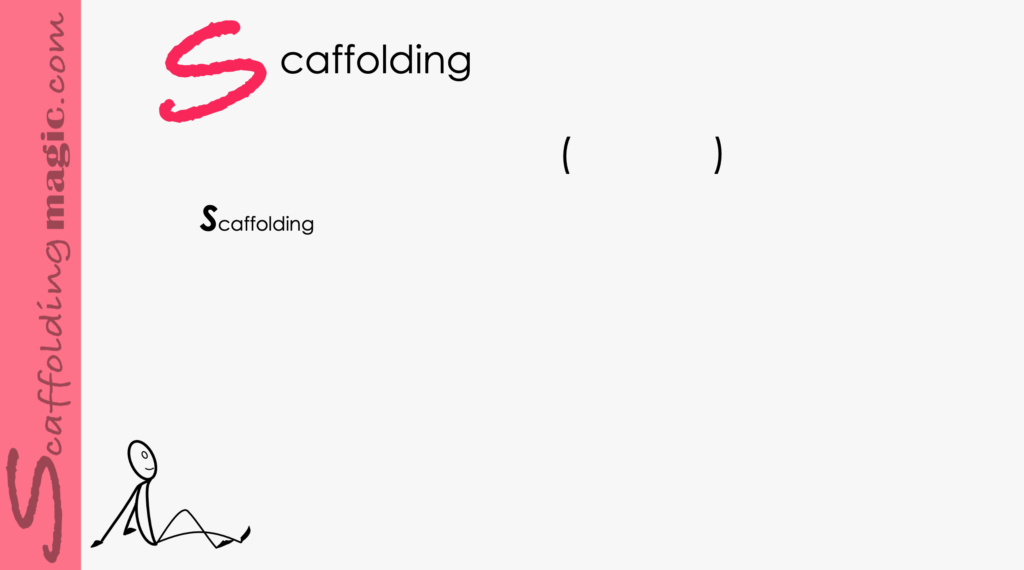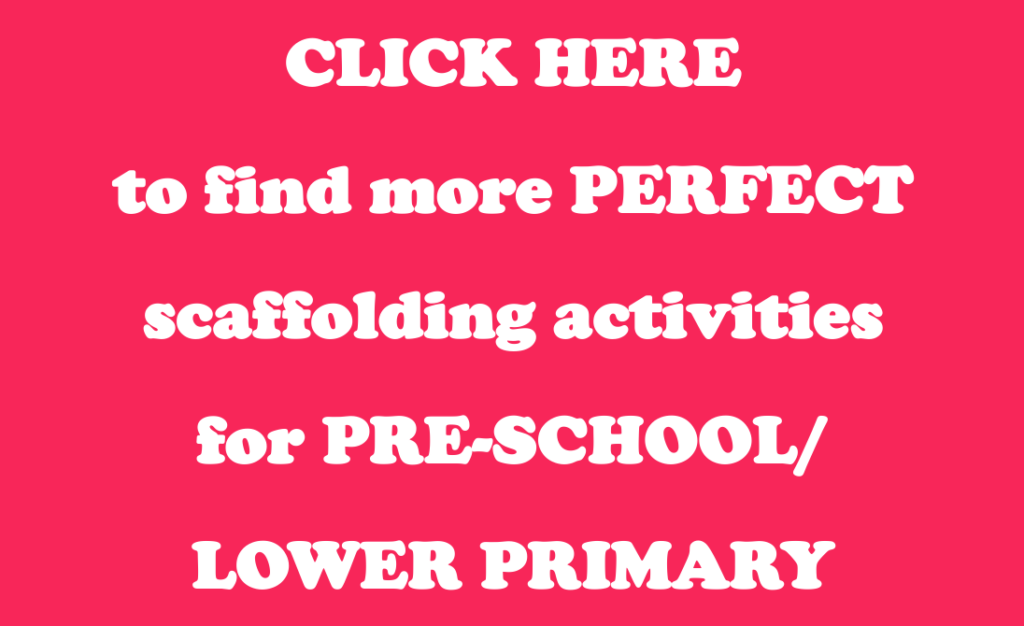You caught a beauty!!!
Download PDF of scaffold here.
Forget food for the moment! Let’s get to the essence of the holiday: assessing the year. Give your young students the opportunity to develop their emotional intelligence. This scaffold can be introduced any time, but it’s especially appropriate at Thanksgiving. Help your students to see the positive side of something negative that’s happened to them recently.
This scaffold works on discernment skills as well. Students need to determine whether the images they see are something they have, something that is important to them, or something that looks nice but is not essential to their happiness. Watch the thinking become visible!
Step By Step: THANKSGIVING RAINBOW Hands
- Show your students models of hands, one that says ‘This is what I don’t have…’ and one that says ‘This is what I’m happy to have…’
- Give each of them clipart of right and left hands (they can be different colours).
- Put images of many different types of items that your students probably don’t have and many that they probably do have.
- Students glue images of items they don’t have on one of their hands and items they do have on the other hand.
- Students mount their hands side by side on the classroom wall.
- Process the exercise with them afterwards, stressing the wonderful things they do have and asking them if their happiness would really be very different if they had the ‘don’t have’ items.
Here are some open-ended questions you can use to spark conversation:
Why did you decide…
What if…
Tell me more about…
Tell me three things about…
A song that you can play before, during and after the lesson:
I am thankful

Examples Of Hands – What I Don’t Have And What I’m Happy To Have!
Clipart and Example in PDFClipart and Example in WORD


Scaffoldingmagic.com is your entryway into DYNAMIC bilingual learning methodologies, such as Phenomenon-Based Learning, CLIL, EMI, and ESL. You’ll find ways to implement critical thinking tools (DOK) to promote higher level thinking, the growth mindset, instill an ethic of excellence, deep reflection on learning, and all through multi-cultural, interdisciplinary activities. We have the keys to turning competences into action and to creating collective efficacy in your school so you move ahead as a unified, enthusiastic team.



